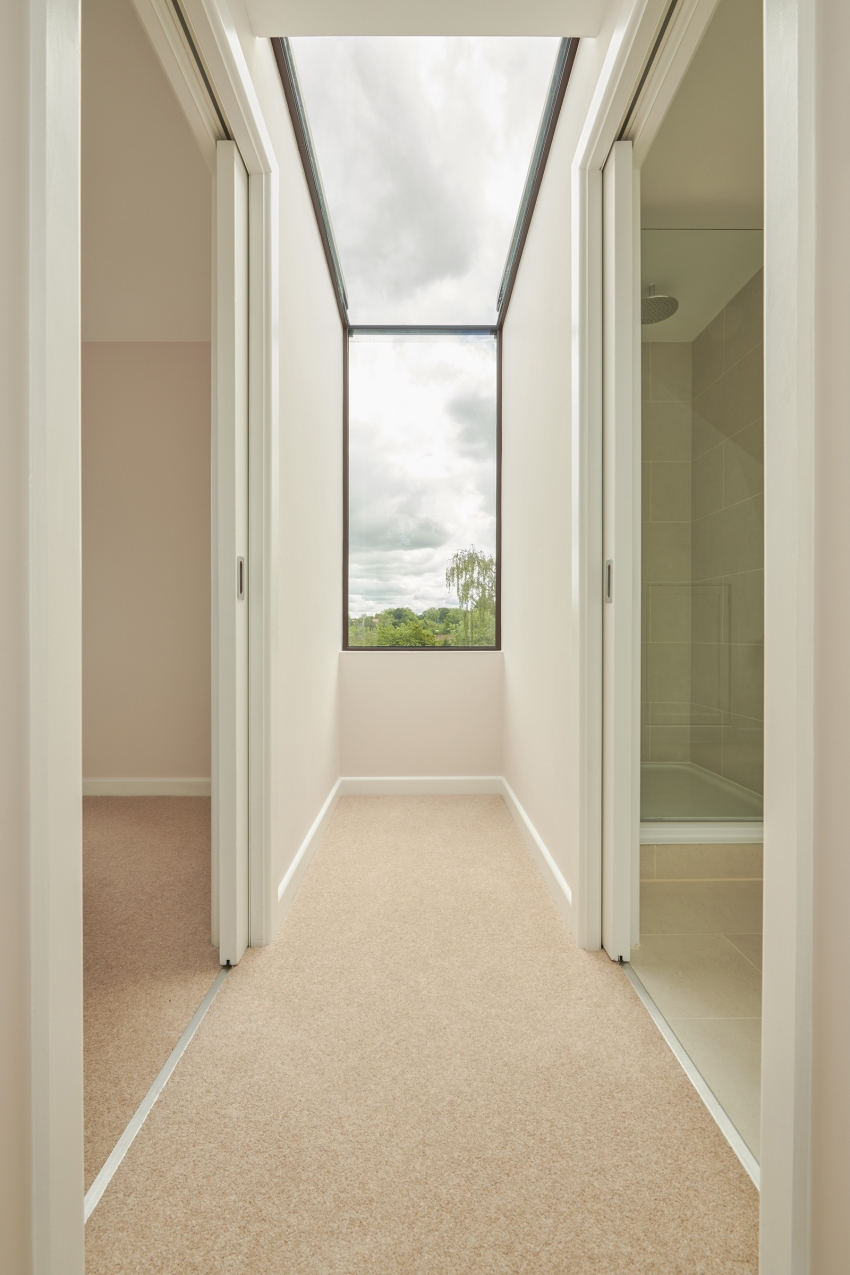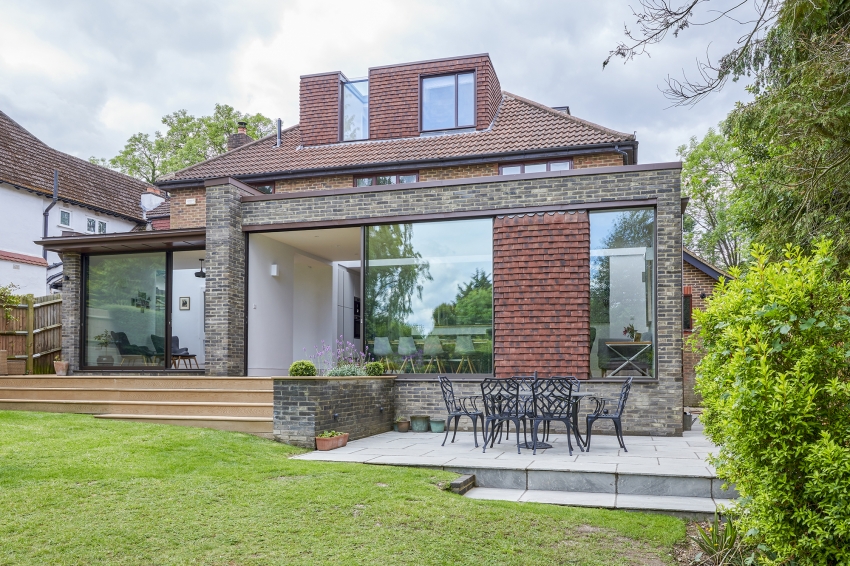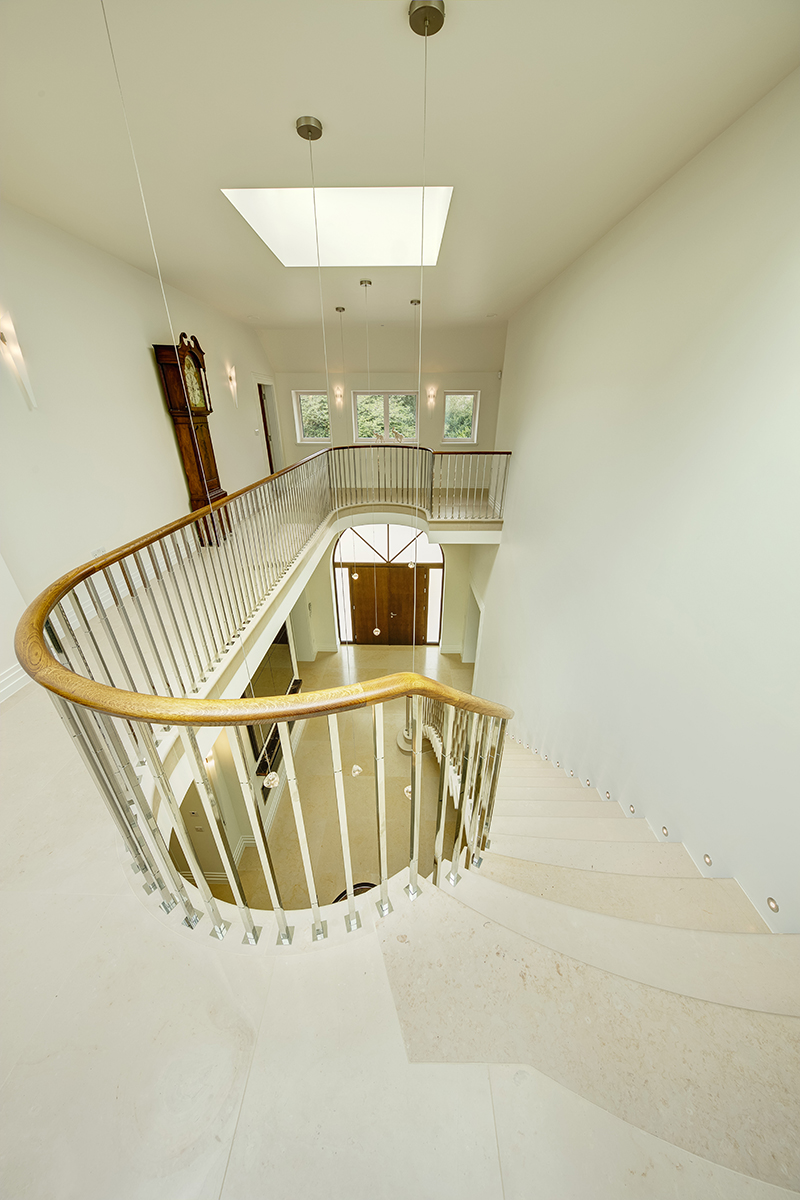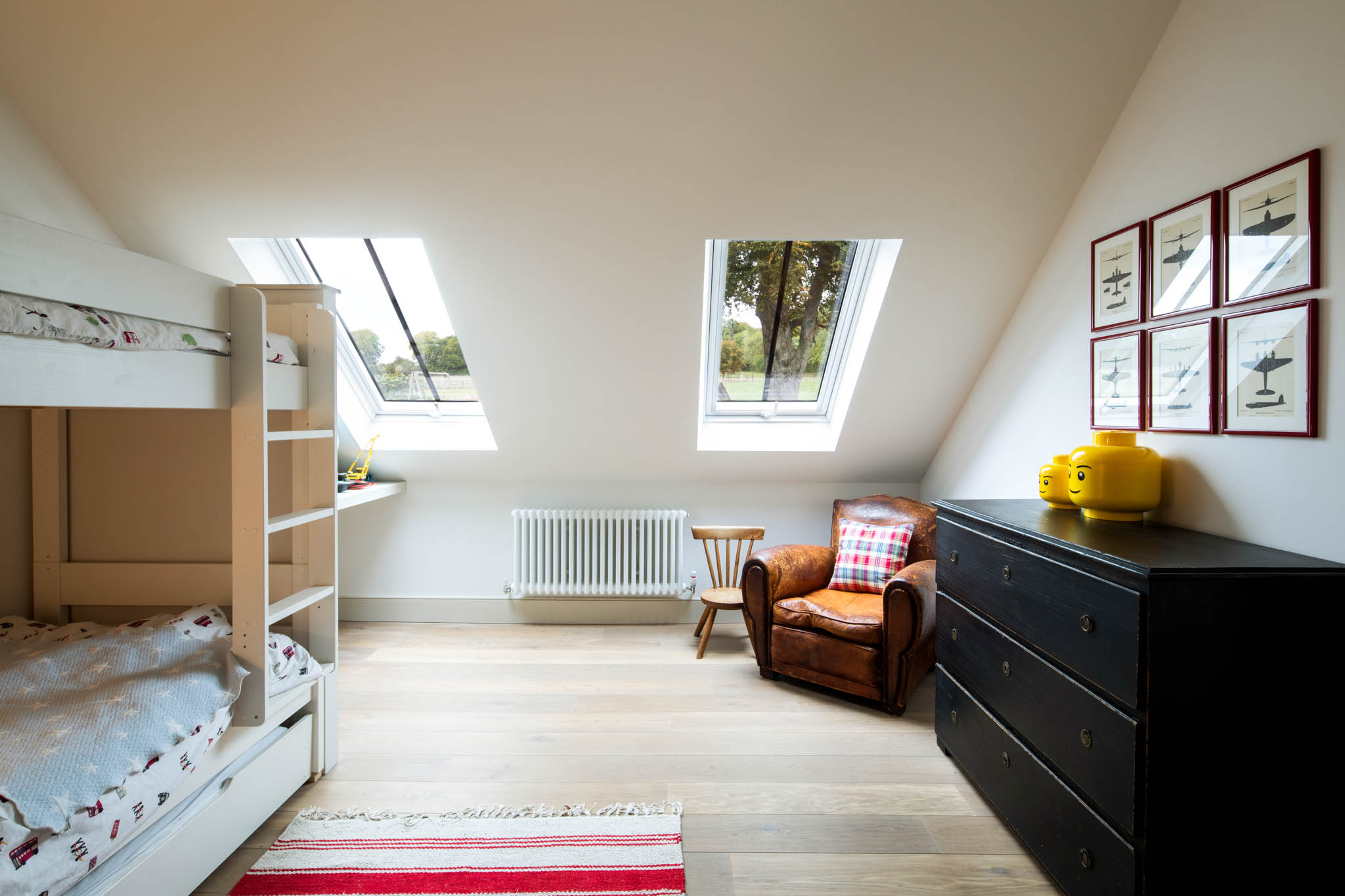Quick guide to rooflights
Quick guide to rooflights
Want to draw more light into your home extension? Read this checklist before investing in roof glazing.
Rooflights are a key design feature of most home extensions and attic conversions. They not only serve a practical purpose, making rooms brighter and lofts liveable but also bring a beautiful aesthetic into your home, connecting you seamlessly to the sky above. The effect can be mesmerizing. With a range of options from roof lanterns to walk-on skylights and light tunnels, this checklist will help you choose the right rooflight for your project.
What to consider when choosing roof glazing
Light from above has a different quality to light from the side. Light from the sun is much brighter and whiter than what’s reflected off the landscape. When a rooflight is added to a space it’s all about optimising top light in the most effective way. Consider orientation of the house and the sun’s path. What size roof window should you choose and how many? What is the best view and how can you frame it? Do you want to see stars at night or swaying treetops? Is the roof flat or pitched? If pitched, what angle?
A key consideration is whether the window will be fixed or openable. Rooflights that open help ventilate both stuffy loft spaces and more humid areas like kitchens and bathrooms. Adequate ventilation is a requirement of Building Regulations. But if the rooflight is over a landing area or there are other opening windows, a fixed pane may be fine.
Which style should I choose?

Image supplied by Darren Oldfield Architects, photographer Guy Lockwood
Rooflights are available in a plethora of styles and configurations. If your project involves a listed building, you may need to consider a conservation style rooflight that sits completely flush with the roof. Designed to blend in with older buildings, they often feature wrought iron frames and smaller panes. For a more contemporary look, lightweight aluminium rooflights, with minimalist discrete profiling are a popular choice, for both flat and pitched roofs.
The latest new generation Velux flat roof windows include curved-shape glass tops that allows rainwater to easily drain off the surface and mini domes. Modular skylights will allow you to create a glazed ceiling effect in a side return extension, for example. If you want a rooflight to take centre stage, a pitched roof lantern/pyramid structure will add height and drama, fixed or openable.
Walk-on rooflights made from reinforced glass can unlock the potential of a dark basement. Designed to be installed within flooring, they can be placed inside or outside if the basement extends under a garden. These rooflights are available in a range of clear, privacy and anti-slip glazing.
Does size matter?
Clearly the bigger the window, the more light let in. Even a small rooflight will draw a surprising amount of sunshine. Remember to consider other practicalities too, such as the price tag and whether the room will become too bright or hot, especially if south facing. Large panes of glass will be heavy and may even require a crane to install, increasing labour and equipment cost. Of course, the number of rooflights and windows needs be factored into the equation too. As a basic rule of thumb, the total glazed area in an extension should cover about 15-20 per cent of the floorspace to ensure adequate daylight, say suppliers.

Image supplied by Darren Oldfield Architects, photographer Guy Lockwood
Bespoke vs standard rooflight
Depending on your budget, made-to-measure rooflights may be the best option if you looking to create a one-off, truly original design. Bespoke rooflights usually feature in high-end projects to achieve the homeowner’s or architect’s vision. Regular rooflights are mass manufactured to standard sizes which means they will usually cost a lot less. The downside to off-the-shelf products is less flexibility in size and shape. That said, manufacturers offer a wide range of roof windows to suit most tastes.
Openable or fixed?
As well as natural light, rooflights can add ventilation. Openable rooflights are usually centre-pivot or top-hung. If you’re installing more than one rooflight, you may be able to combine a cost-effective fixed pane with an opening unit to bring in fresh air. Electric rooflights that open or close at a touch of a button are convenient for hard-to-reach windows but don’t come cheap. Other options include automatic smart sensor-based operation for rainy days and app connectivity enabling voice control. In a wired, smart home, electric rooflights can be integrated into a “goodbye” button that switches your lights off, alarms on and closes windows as you leave the house.
How much do rooflights cost?
Prices range from around £300 for small, easy-to-fit, flat fixed rooflight to £3,000-plus for more complex designs. These prices exclude installation costs. The final bill will depend on factors including the size, specification and style as well as number of rooflights. Choice of materials used to make the rooflight frame – either timber, aluminium or uPVC, will also impact on the cost. Avoid thick uPVC frames if possible as they may be cheaper but will block blue skies and daylight.

Image supplied by Masker Architects
What is G-value and why do I need to know about it?
A G-value measures how well the glass transmits heat from the sun. In winter, solar heat gain can be beneficial as it reduces the need for central heating, but in summer, it can lead to overheating. Typical G-values will range between 0.2 and 0.7. Solar control glass, which may be needed for south-facing extensions, will often have a G-value of less than 0.5. Specialist coatings can be applied to the glass to reduce passive solar heating. G-values are important as we incorporate more and more glass in our homes to maximise natural light. Good designs will factor in solar heat gain to ensure the extension won’t overheat.
Do I need planning permission?
Most rooflights won’t require planning permission but always check with your local planning authority, architect or building professional. Permitted development allows for roof alterations within certain limits. For example, no windows should project more than 150mm from the existing roof plane or be higher than the highest part of the roof. So, a flat rooflight probably won’t need planning permission whereas a pyramidal roof lantern might. Remember too permitted development rights don’t apply to conservation areas or if you live in a listed building. When building a new extension or loft conversion, the rooflight will normally be incorporated into the overall planning application if required.
Do Building Regulations apply to rooflights?
Building Regulations approval is usually needed for the installation of a new rooflight. This is because the roof structure will have to carry the weight of the new rooflight and may need to be strengthened. Building control inspectors will also want to check that your home is not losing heat through the rooflight. Rooflights need to be double glazed to a certain specification and energy rating. The U-value is a measure of insulation: the lower the U-value the better insulated the window unit.
 Image supplied by Masker Architects
Image supplied by Masker Architects
Add on extras
Don’t forget to budget for blinds, especially if the rooflight is in a bedroom. Blinds can be fitted to all shapes and sizes of roof windot even domed with manual and automatic controls. Roller, pleated or Venetian: there is the usual range of options, including blackout and heat reduction. Carefully consider any add-on extras – rain sensors, app control and self-cleaning glass - and whether they are worth the extra cost.
